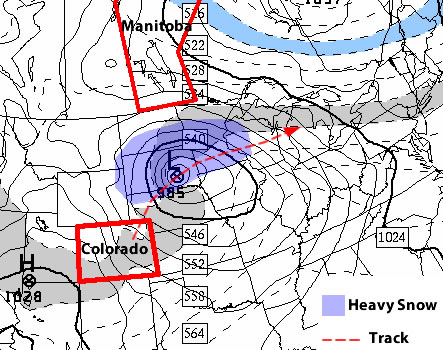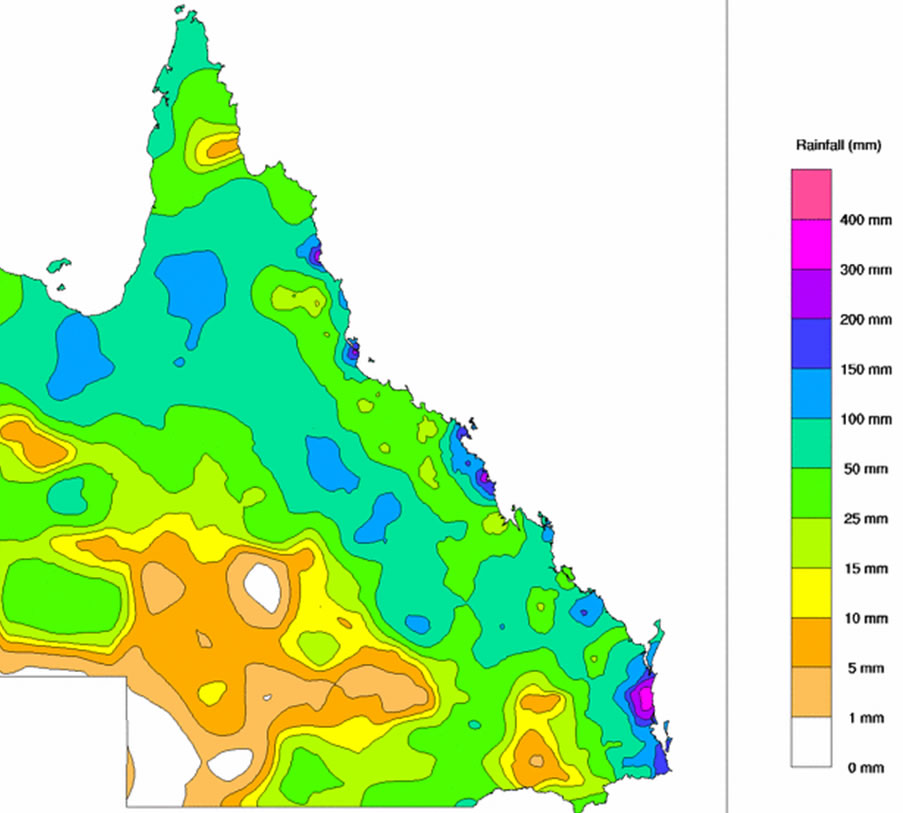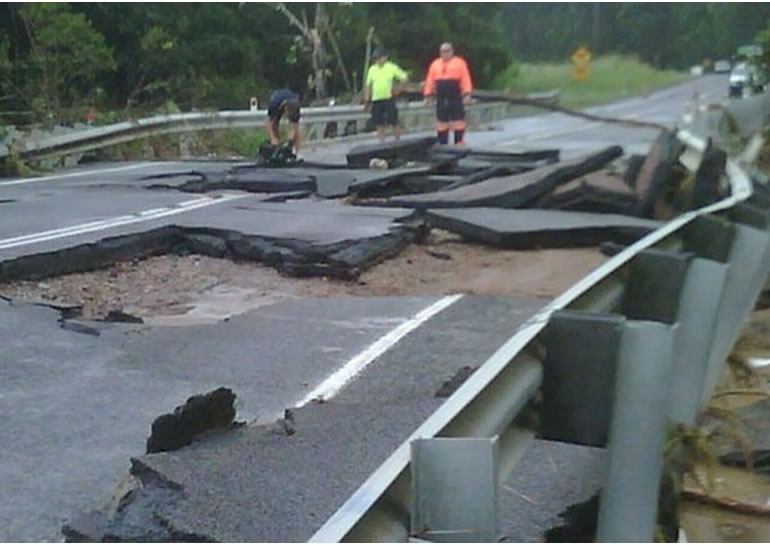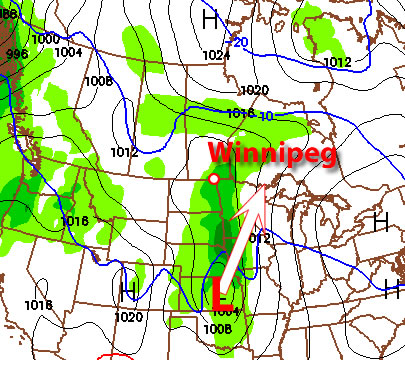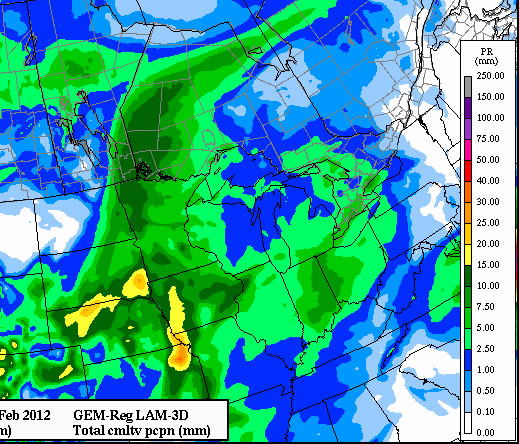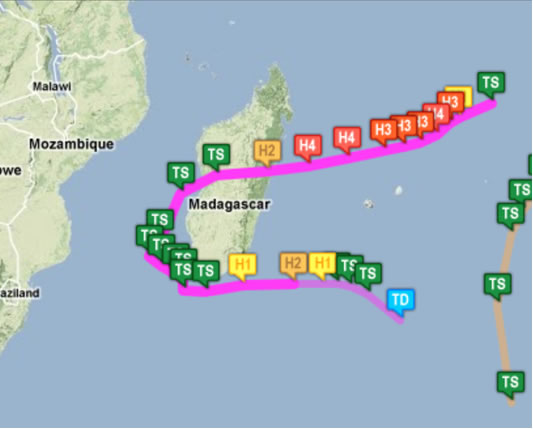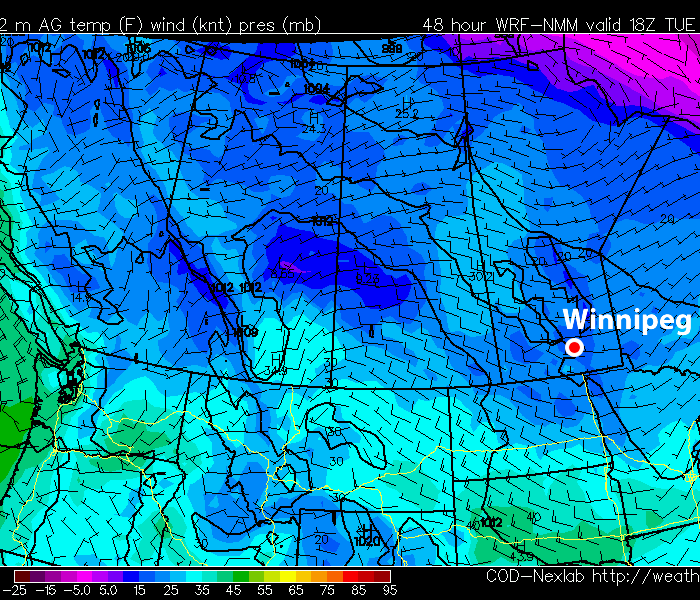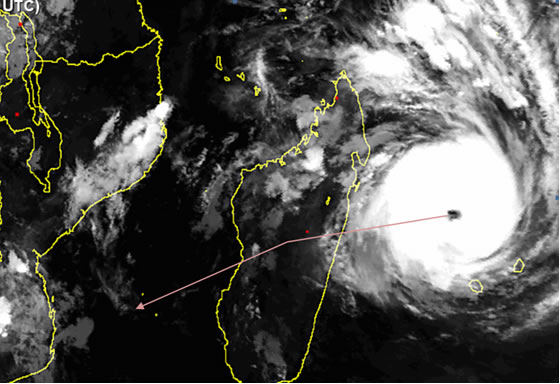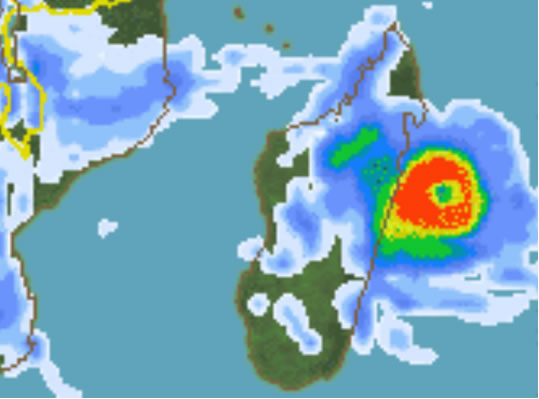With spring set to officially begin in just a few weeks it appears that spring-like weather is not far off either. It is safe to say that winter’s worst cold is behind us.
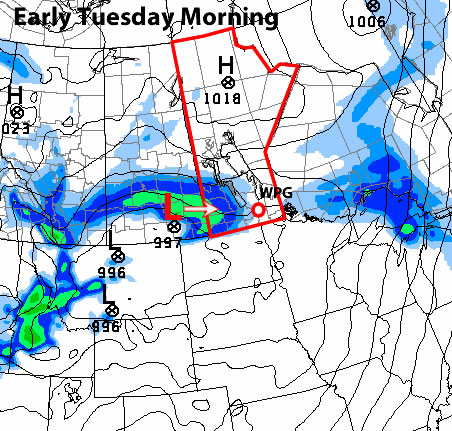
For the most part this week is expected to be warm in Southern Manitoba, but with some snow. Two low pressure systems will move across Southern Manitoba early in the week. One low will pass through on Monday and another one on Tuesday. The first system will be very weak and will drop less than 2cm of snow in most of Southern Manitoba on Monday. The second system on Monday night into Tuesday will be stronger, but the majority of the snow is expected to pass through Western Manitoba and up into the Interlake, avoiding the more heavily populated parts of Manitoba. However, the Tuesday system may still generate amounts of 2-4cm in places like Winnipeg and Brandon if it tracks as currently expected. Parts of Southern Manitoba closer to the International border can expect to see 2cm of snow or less from Monday night through Tuesday. Despite the fact that Monday and Tuesday will be a bit snowy temperatures will remain quite mild. Highs on both days should be near the zero mark in most areas. As Tuesday’s weather system departs it will pull down a bit of colder air from the north. As such expect a northerly wind to develop later on Tuesday causing temperatures to drop off for Tuesday night and Wednesday.
The second half of the week also looks to be rather mild. As alluded to earlier, Wednesday will be the coolest day of the week as we deal with the minor push of cold air caused by the low pressure system on Tuesday. By Thursday and Friday temperatures are expected to rise back to or above zero degrees, hopefully melting some of the snow that accumulated earlier in the week.
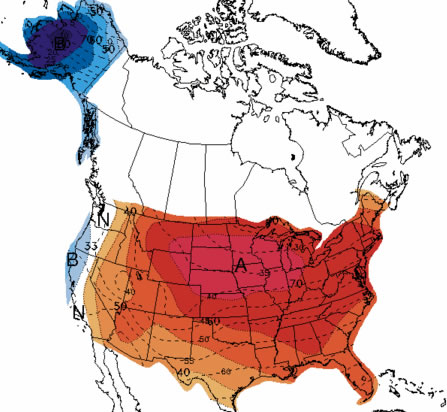
In the medium-range weather models are showing above-normal weather conditions (temperatures) developing in Southern Manitoba. If you read last week’s Monday post you will have realized that the long-range forecast for March was a bit unclear. In more recent days many medium range models and forecasts have begun to reveal the potential for warm conditions through early to mid March. The Climate Prediction Center graphic above illustrates this trend. However, we still don’t have a good understanding of how March will end. Although if you believe in the old March sayings “In like a lamb, out like a lion” or “In like a lion, out like a lamb” this March should end very nicely considering the nasty snowstorm late last week.
A Deadly Week in the US: Damaging Tornadoes
Tornado Outbreak: February 28 – 29, 2012
Disastrous cold fronts associated with low pressure systems barreled through many parts the United States last week. Areas that were hit the hardest include the Midwest, the Appalachian region, the Southeast and Southern Plains causing widespread destruction and over 50 deaths. As the system emerged from the Rockies, the cold front brought the necessary trigger to lift the moist, warm air. Early on, the Southern Plains were impacted with cold-core tornadoes in Nebraska and stronger storms throughout eastern Kansas where multiple weak tornadoes were reported, as well as an EF-2 tornado that destroyed most of the town of Harveyville, Kansas. Thankfully everyone was accounted for and only injuries were reported with the Harveyville twister.
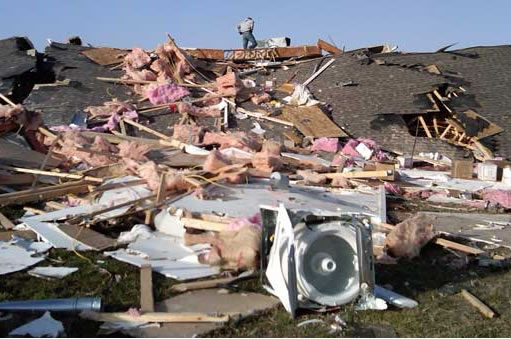
As the cold front continued to push east into the night of Tuesday, February 28th, it spawned more dangerous tornadoes throughout Missouri and in southern Illinois. The strongest tornado produced, rated EF-4, struck the town of Harrisburg, Illinois, killing nine people and destroying entire city blocks at one time. As the cold front pushed east, even more tornadoes spun up through Kentucky and Tennessee on the 29th, injuring more people in the towns of Clarkson and Hodgenville, Kentucky. The two day ordeal brought in about 300 wind damage reports and over 50 tornado reports, spanning over nine states.
Tornado Outbreak: March 2 – 3, 2012
The destruction did not end there however. Another low pressure system had moved over Michigan – it spanned from southern Ontario all the way down to eastern Texas. The best parameters for severe storms were situated in the Midwest, around the western foothills of the Appalachians and through the US Southeast. The Storm Prediction Center (SPC) had issued some of these areas as ‘high risk’ for Friday, March 2nd – the highest tier of risk for severe weather the SPC can issue.
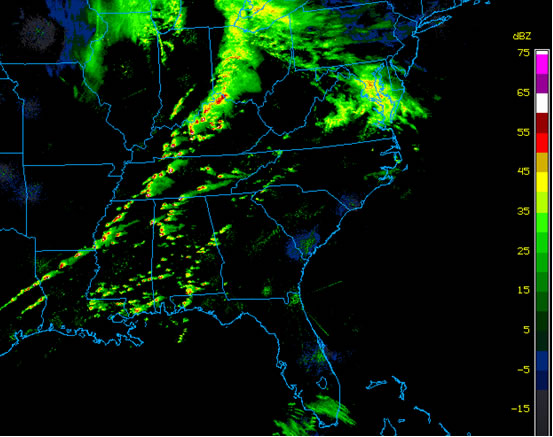
Supercells were popping up all over RADARs as the afternoon wore on, and the ingredients were in place for long-tracked tornadoes. Many tornadoes ripped through towns on this day, including West Liberty, Kentucky (pop. 3000), where the town was levelled by an EF-3 – not one building left untouched.
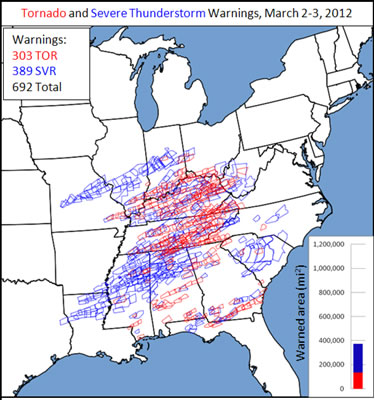
Some of the hardest hit areas, Kentucky and Tennessee, were expecting freezing rain following the cold front.
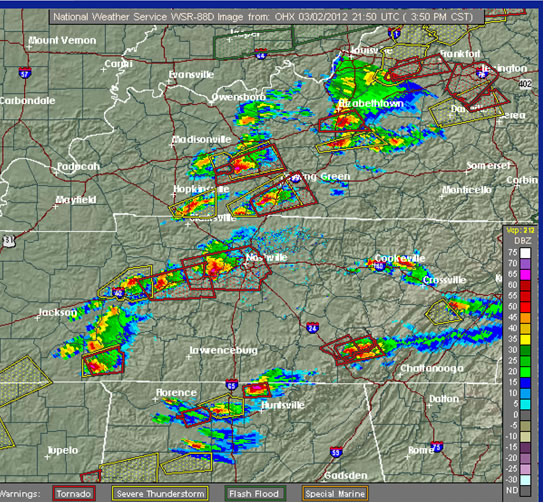
Here are some storm statistics regarding the outbreak:
- A storm near Wilmore, Kentucky, was moving at speeds up to 137km/h.
- 39 people, across five states, died from tornadoes associated with this storm – over 300 injured in Kentucky alone.
- Winds up to 280km/h accompanied the Henryville, Indiana, tornado (EF-4) and the tornado stayed on the ground for over 80km.
- At one point, four million people were within 40km of a tornado.
- Three states issued a state of emergency.
Elsewhere in Weather News has been provided by Matt
